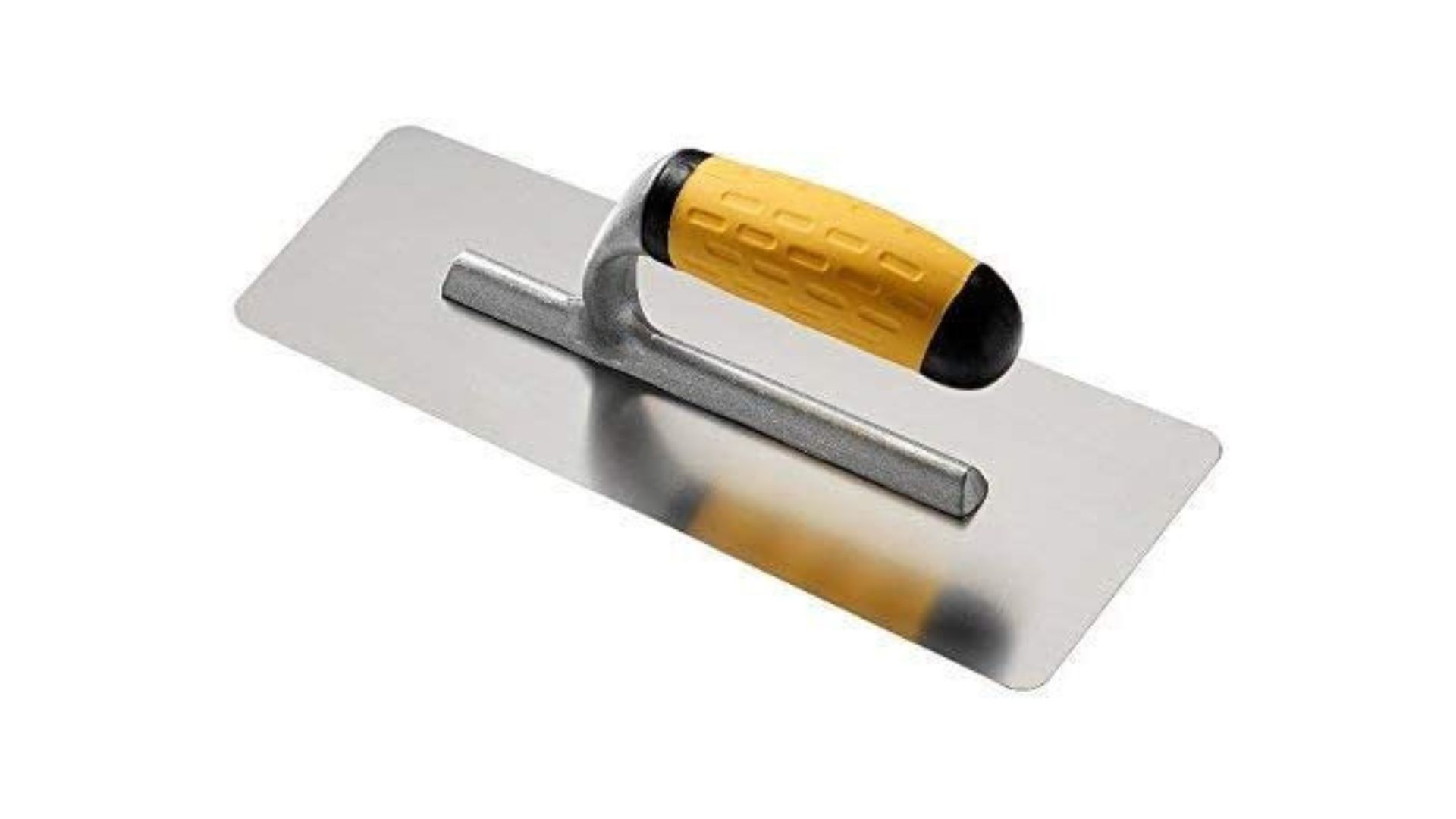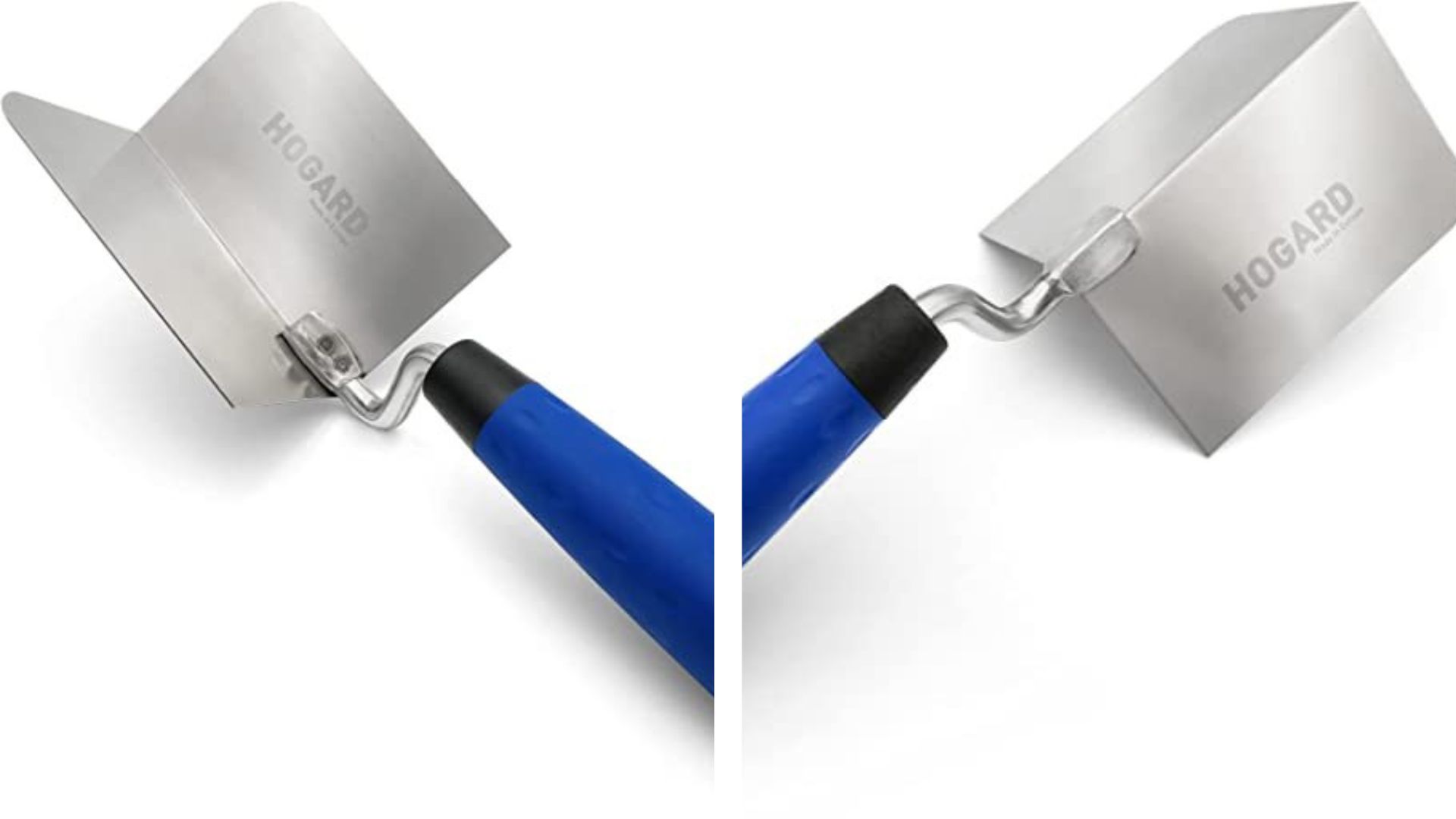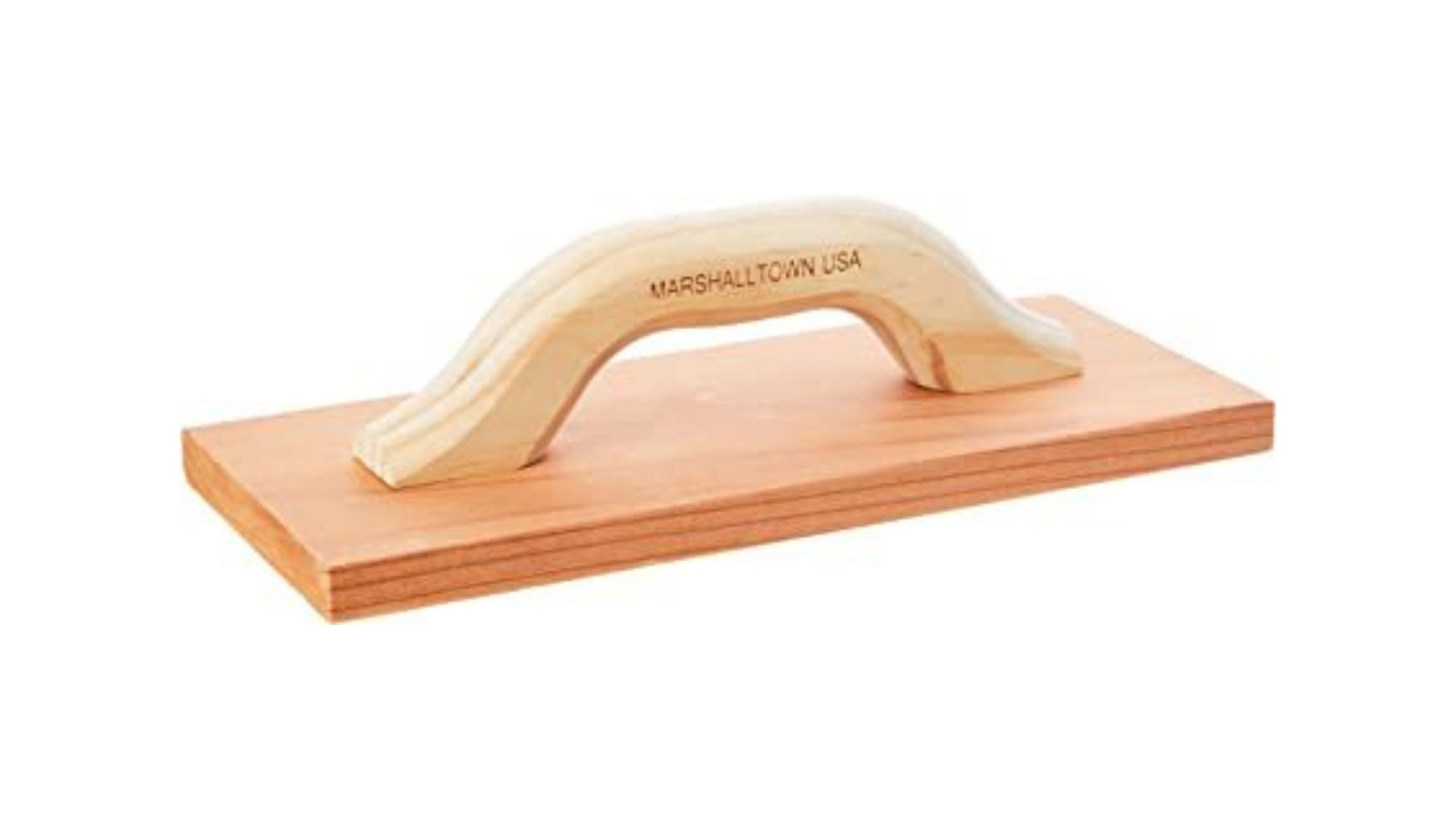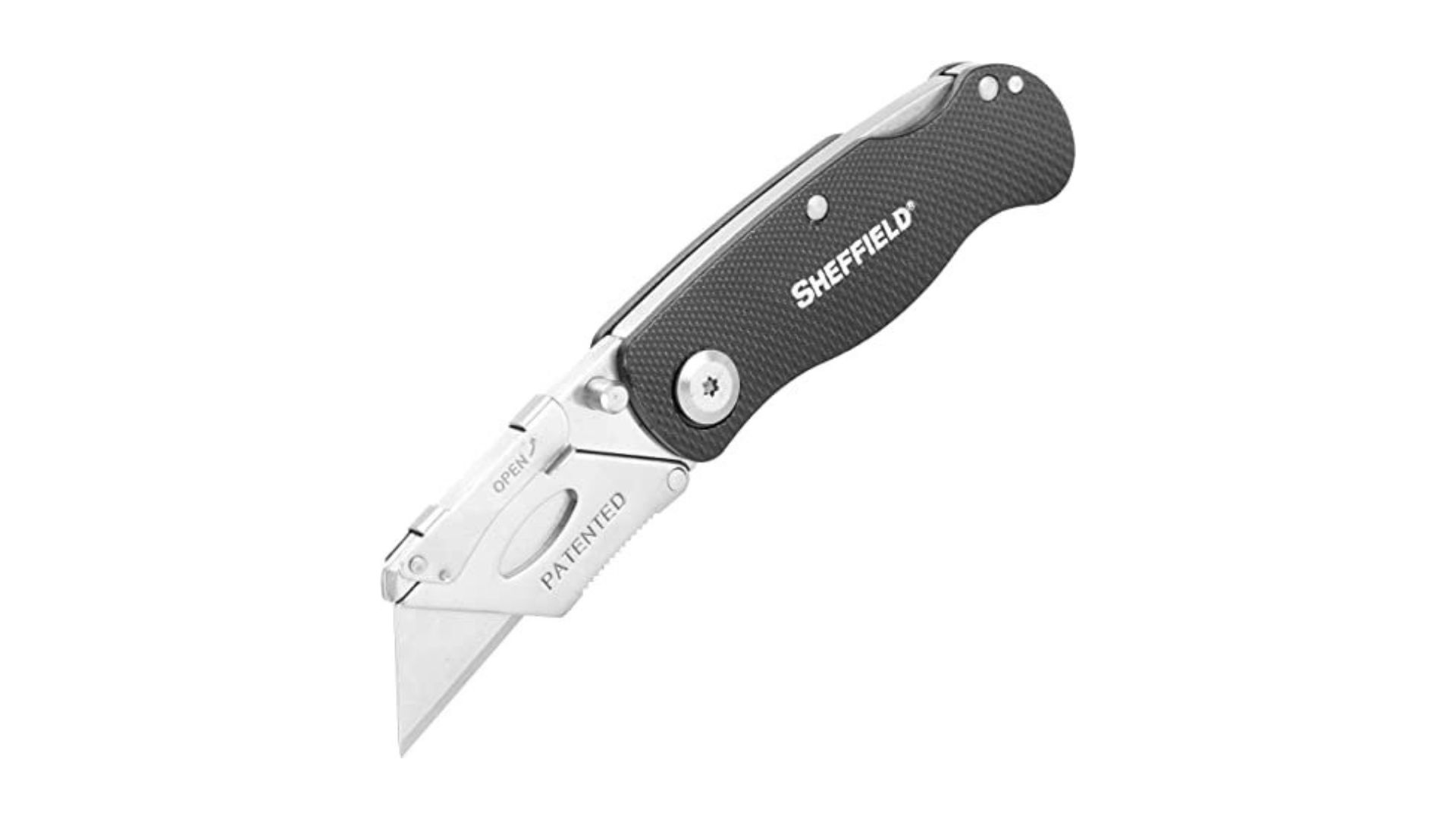Tools of the Trade: Plaster Tools We Recommend

Plastering is a lost art that that requires highly specialized skills and tools. Our goal is to bring this lost art to the world by pulling back the curtains and sharing our discoveries over the last 20 years in the trade.
From trowels and drills, to buckets and maskers; we're going to run through what the team at New Age Artisans believes to be the top 10 “must-have” plaster tools for any industry professional or DIY enthusiast.
1. Application Trowel - The application trowel is an essential tool in any plasterer's kit. It is the tool you will constantly use to create a smooth finish on your walls, so it makes sense to invest in a high quality one. This will most likely be the largest trowel in your arsenal!

2. Finishing Trowel - Provides a perfect polish to your finish coat. Thin layers of steel fused together create unparalleled polish and depth. They are super flexible so you'll be able to really lean into the wall with the trowel and get the perfect shine.

3. Inside and Outside Corner Trowels - Crucial tools in the professional plasterer's kit, especially for tadelakt. Inside and outside corner trowels can help speed up a plastering job by keeping corners angular and surfaces flatter.

4. Bucket Scoop - One of the key items in any plasterer's arsenal is the trusty bucket scoop. While it may seem like a purchase you could skip, you'll want to be able to quickly and effectively transfer your plaster from the bucket to the hawk. Trust us - don't skimp out! Buy a high-quality scoop.

5. Mixing Bucket - Buckets have multiple uses when working on a project. In most cases, you'll want a decent size bucket – at least 5 gallons should be sufficient depending on your specific requirements. You'll need to keep your mixing bucket clean and dry during application and avoid any loose material building up on the inside. They make excellent seats for lunchtime too.

6. Hawk - If you don't already have a plastering hawk, you're not doing it right! The number one must-have tool for any professional plasterer. The “hawk” is a portable horizontal surface where you can hold your plaster material when on the move. It is a tool that helps you work quickly and effectively whether it's on walls or ceilings.
There are a wide range of plastering hawks available varying in sizes but you'll want a clean surface. We have recently become enamored with composite hawks. They are lightweight and won't leave steel or carbon marks in your plaster.

7. Hand Masker - The Handi-masker from 3M dispenses tape and paper simultaneously so you can get dreamy tight lines and keep any excess plaster off delicate surfaces.

8. Float - When adding the final layers of plaster to your wall or ceiling, you'll need to give your coats a pass over with a float to take out any ripples. Without a float, the inconsistencies in the layered plaster could telegraph through to your finish coat, leaving a less than desirable finish.

9 & 10. Drill and Paddle - You'll need a high-speed, low torque drill to accurately break up your dry plaster and mix it into liquid solution. We like to use the Dewalt DWG 210 drill. It provides 10 amps of power and creates a creamy plaster without burning up the gears.

Pair this drill with an "egg beater" type paddle and you'll be loving the lack of chunks and rich consistency of the perfectly mixed mud.

BONUS TOOL - Utility knife! It didn't make the formal list because it's a no brainer that you can't leave your house unless you have your knife! They are used for cutting masking tape, paper, mesh tape, and cleaning out boxes etc. We LOVE the Sheffield knife with the handy blade reservoir.

If you want to skip the endless Google searches and would rather not add to your already cramped storage space, our plastering kits are perfect for budding plasterers looking for top quality tools!
Get in touch for more information on our full range of plastering classes and DIY tools.


